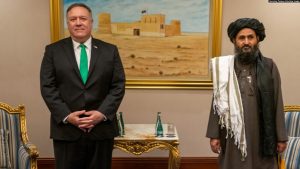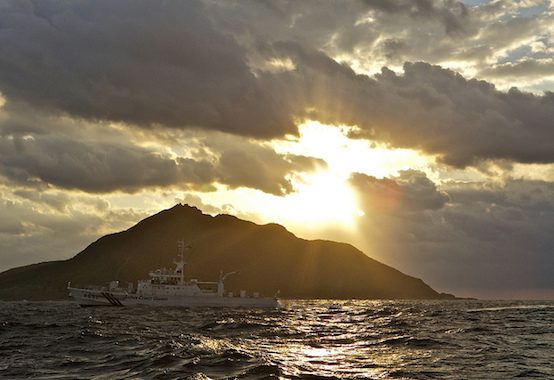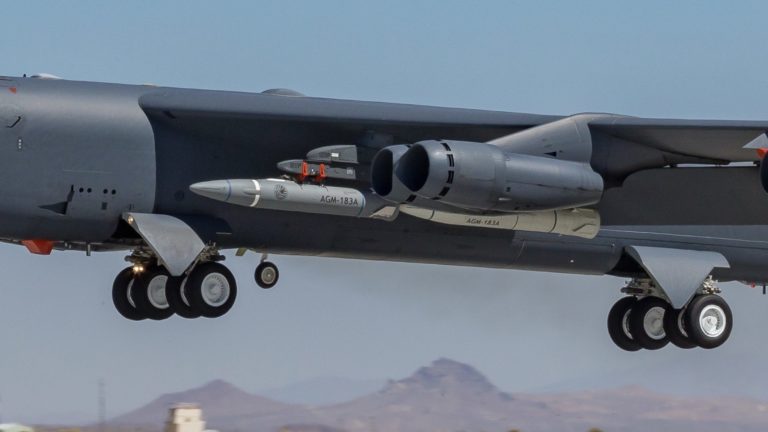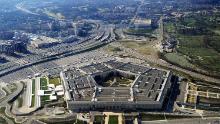By Rajat Dhawan and Suvojoy Sengupta
The COVID-19 pandemic has exposed the fragility of the world’s supply chains for medicines and medical products, food, energy, vehicles, telecom equipment, electronics, and countless other goods. Certain companies have begun to reconfigure their sourcing and manufacturing footprints for greater reliability and resilience, setting up more locations so that they don’t have to depend on just a few geographies. But some nations are not yet ready to take full advantage of these shifts.
India stands out as one such country: a potential manufacturing powerhouse that has yet to realize its promise. From fiscal year 2006 to fiscal year 2012, India’s manufacturing-sector GDP grew by an average of 9.5 percent per year. Then, over the next six years, growth declined to 7.4 percent. In fiscal year 2020, manufacturing generated 17.4 percent of India’s GDP, little more than the 15.3 percent it had contributed in 2000. (By comparison, Vietnam’s manufacturing sector more than doubled its share of GDP during the same interval.) And in the past 13 years, India’s manufacturing-sector share of employment increased by just one percentage point, compared with a five-point increase for the services sector.
As our colleagues argue in the McKinsey Global Institute report India’s turning point: An economic agenda to spur growth and jobs, developing globally competitive manufacturing hubs represents one of the biggest opportunities for India to spur economic growth and job creation this decade.













